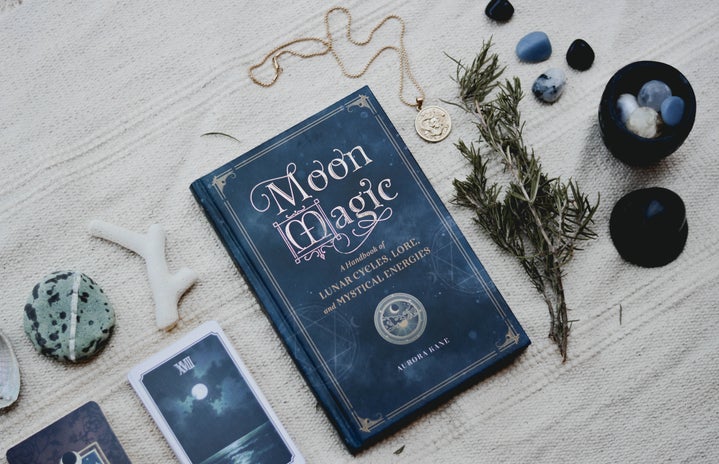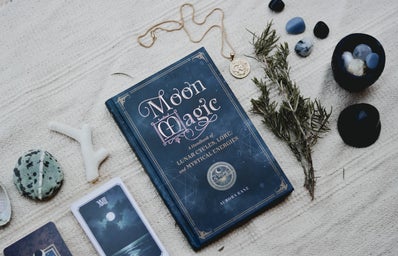Edited by: Mohan Rajagopal
“And now at last it comes. You will give me the Ring freely! In place of the Dark Lord you will set up a Queen. And I shall not be dark, but beautiful and terrible as the Morning and the Night! Fair as the Sea and the Sun and the Snow upon the Mountain! Dreadful as the Storm and the Lightning! Stronger than the foundations of the earth. All shall love me and despair!”
In The Fellowship of the Ring, Tolkien gives us Galadriel, a frighteningly powerful woman with the potential to wield the most terrible weapon in the world. She stands on the cusp between good and evil, light and dark, her nature pulling her towards the path of destruction as she resists temptation. Aptly named after Tolkien’s Lady of the Wood, Naomi Novik’s protagonist in the Scholomance series is a 16-year-old sorceress with a natural affinity for annihilation and evil balanced out by her Glenda-the-Good-Witch mother’s upbringing. She plays the role of the not just reluctant but actively unwilling hero in the series which makes for very compelling reading, especially since the story is written from her point of view.
The Scholomance trilogy has two books out—A Deadly Education and The Last Graduate—with the final installation being set to release in 2022. Novik has always been a fantasy writer, giving us such books as Spinning Silver and Uprooted which are based on folklore and magic. The Scholomance Series follows this trend, being inspired by an Eastern European legend about a school of magic where the soul of the last graduate to leave is claimed by Satan. Novik’s version leaves out the imagery of the devil, instead fashioning the school itself into a life-threatening environment where high school students are frequently killed, either by monsters or by each other. The world that Novik builds is based on the notion of danger and the relativity of safety—the school is dangerous and one’s chances of survival are low but the outside world is worse.
The school is an enchanted construction, built to protect magical children between the ages of 14 to 18 who are more at risk of being eaten by maleficeria (the monsters) than the adults of the world. Kids are sent into this school in their freshmen year and only emerge again after graduation. In the meantime, they are expected to survive attacks by those creatures that still manage to get past the protective barriers. The school itself, while supposedly providing protection, is a sneaky thing. There are no teachers or administrators, so it is the school’s job to provide the students with their education. It does its best to give the students the hardest assignments possible—like lessons in languages that they don’t know or spells that require resources that are hard to come by. More than that, it perversely plays tricks on students such as sometimes lengthening the distance between their rooms and classes—something that can be lethal if there are monsters lurking about.
What is so fascinating about these books and this world is the way the Scholomance environment affects the students. It produces a complex system of interpersonal politics and relationships, turning children into manipulative and ruthless negotiators who learn how to use every advantage they have, no matter how ethically dubious it is. Alliances are formed, resources are traded, the less fortunate are exploited. Although Novik never once breaks from the story, never makes allegory obvious, one can easily see the parallels to the world we live in. She manages to showcase the horrific nature of her story’s universe with a witticism and grim humour that is refreshing in the genre of dark fantasy—the Scholomance is a deeply twisted version of Harry Potter’s Hogwarts but in the most delightful of ways.
The two books of this series are an amazing investigation of themes like survival, altruism and privilege, with the main character Galadriel (nicknamed El) navigating her circumstances and realising that the system—the school—is the problem. She who has a ridiculous amount of power has the ability to thrive in the school’s environment as it is, but the series is an attentive and thrilling exploration of El’s own drive to change what is broken. She is not a crusader, the Chosen One, the glorified saviour of the masses. She is a girl who has been rejected by the world time after time, who rejects the world in turn, but still, grudgingly, hopes for a better one.


